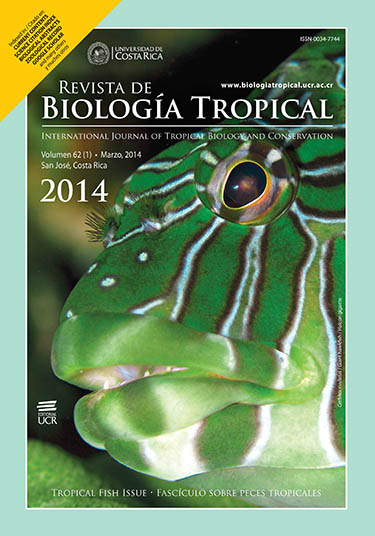Resumen
Cyathea atrovirens (Langsd. & Fisch.) Domin (Cyatheaceae) se presenta en una amplia gama de hábitats en Brasil, Paraguay, Uruguay y Argentina. Debido a sus características ornamentales, la especie es objeto de intensa explotación. El cultivo in vitro es una herramienta importante para la propagación lo que puede contribuir a la reducción del impacto de las actividades extractivas. Sin embargo, la contaminación exógena de esporas es un obstáculo para el éxito de cultivos asépticos a largo plazo. Este estudio evaluó la influencia de diferentes métodos de esterilización en combinación con las condiciones de almacenamiento sobre la contaminación de los cultivos in vitro y el desarrollo gametofítico de C. atrovirens. En el primer experimento, las esporas almacenadas a 7°C se esterilizaron superficialmente con 0.5, 0.8 y 2% de hipoclorito de sodio (NaClO) durante 15 minutos y se sembraron en medio de cultivo de Meyer. Aunque no hubo diferencia en la contaminación de lós cultivos entre las concentraciones de hipoclorito de sodio de las diferentes pruebas, en el tratamiento con 2% NaClO se observó un mayor porcentaje de gametofitos cordiformes a los 130 días. En el segundo experimento, las esporas almacenadas a 7 y -20°C fueron divididas en dos grupos. La mitad de las esporas se esterilizaron con 2% de NaClO durante 15 minutos y la otra mitad no fue esterilizada. Todas las esporas se sembraron en medio de Meyer suplementado con uno de los siguientes antibióticos: nistatina, Micostatin® o actidiona. No se observó contaminación de las esporas almacenadas a -20°C y tratadas con NaClO y actidiona. En todos los tratamientos, se observaron gametofitos cordiformes con anteridios y arquegonios. Los resultados proporcionan datos relevantes para la propagación in vitro de C. atrovirens, que pueden aumentar la disponibilidad de las plantas para fines ornamentales, contribuyendo así a la reducción de la exploracción de las especies de helechos arborescentes en peligro de extinción.






